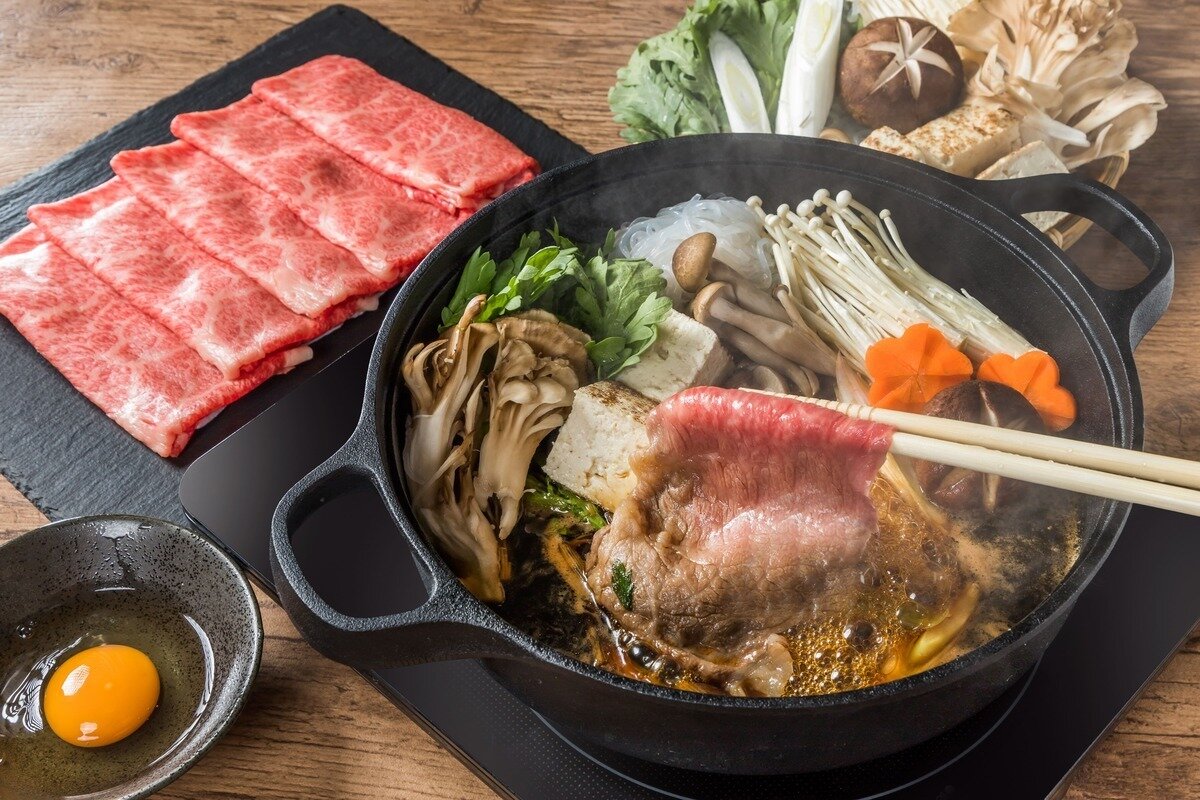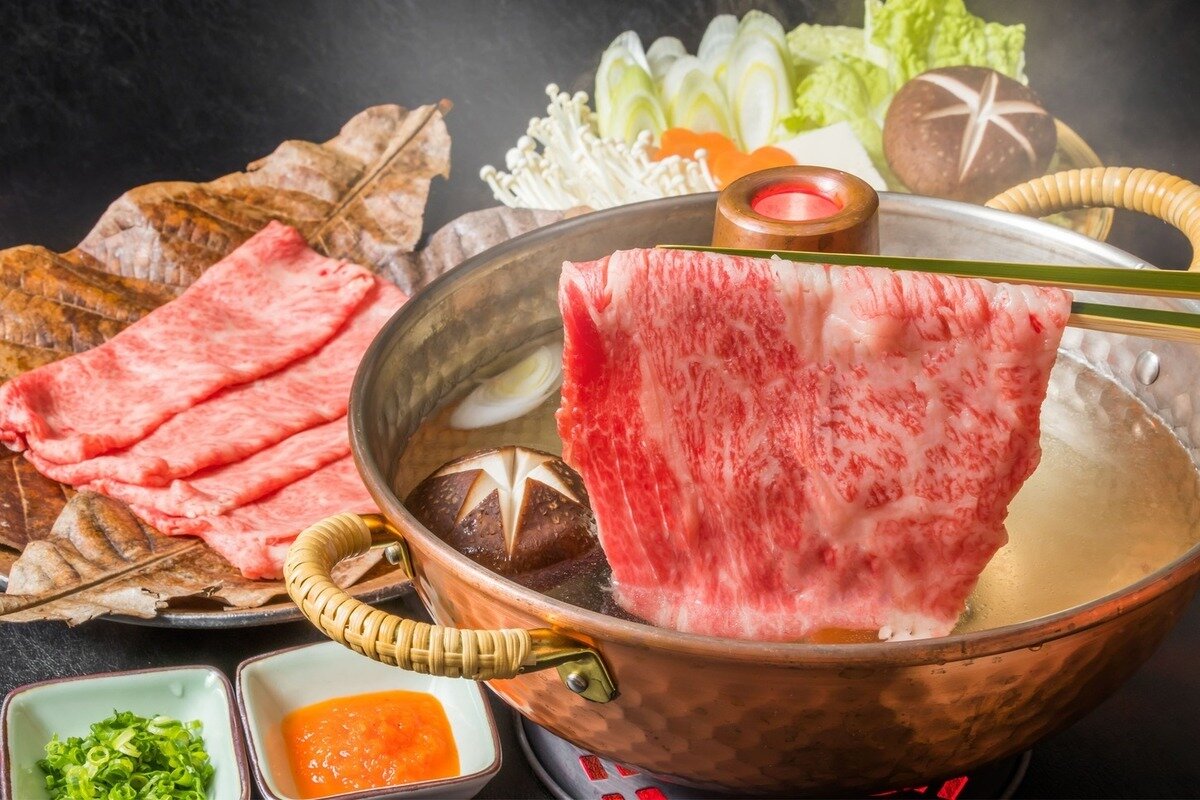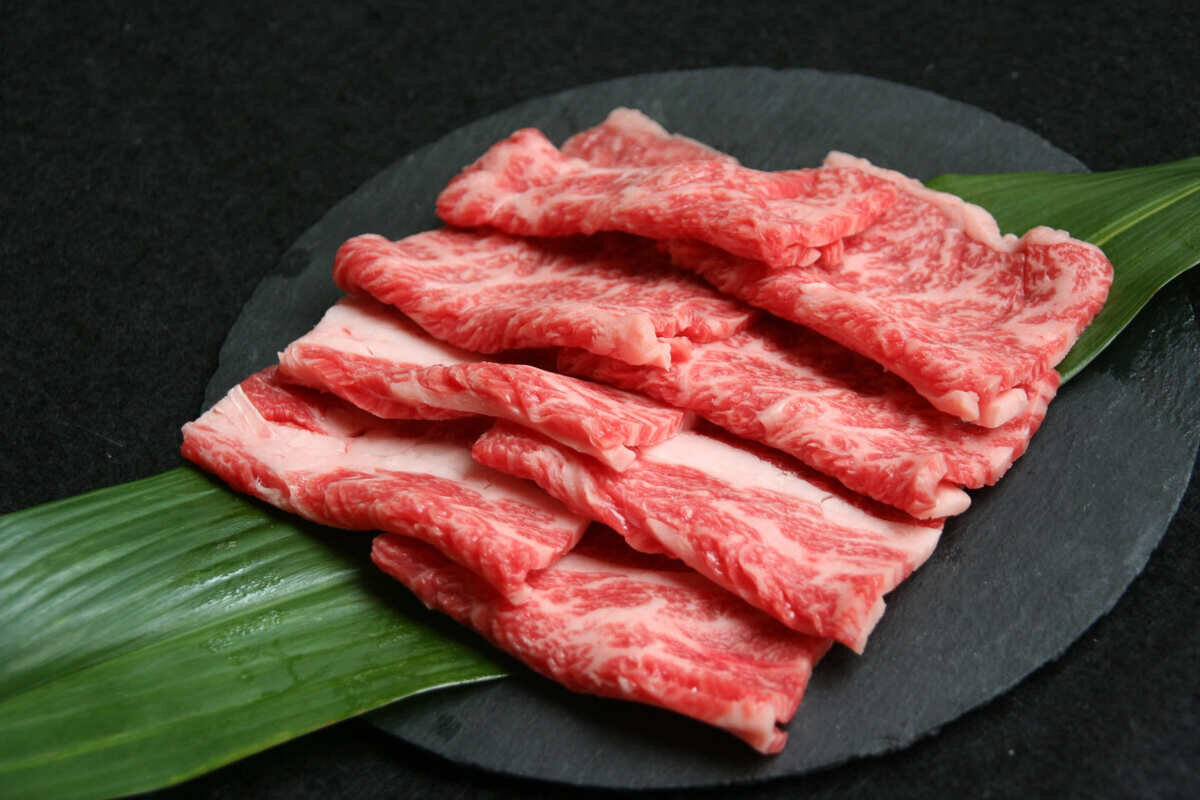In the heart of Tokyo’s dining scene, Imahan stands tall as one of the city’s most revered sukiyaki establishments. Beloved by gourmets from both Japan and around the world, this long-standing restaurant has been serving up exquisite wagyu beef dishes since the Meiji era. From the iconic streets of Asakusa to its various locations across the city, Imahan has become a trusted destination for everyone—from first-time tourists to loyal locals.
This spirit shines through in every detail—from the elegant architecture and warm hospitality to the marbled wagyu that melts effortlessly on the tongue. It’s more than a meal—it’s a refined expression of Japanese culinary aesthetics.
Imahan isn’t just a high-end restaurant; it’s a cultural ambassador, representing the art of Japanese cuisine and the spirit of omotenashi, or heartfelt hospitality.
Because of its widespread popularity and distinguished reputation, securing a reservation is exceptionally difficult.
(Source.1:https://imahan-honten.co.jp/access.html)
1. What Makes Imahan Special
There’s no one way to sum up Imahan’s appeal—it’s an experience defined by many elements working in harmony. First and foremost is its unwavering commitment to quality. The wagyu served here is top-tier, primarily A5-grade domestic kuroge (black-haired) beef, known for its rich umami, subtle sweetness, and delicate marbling. From the first bite, you’ll understand why this is a cut above the rest.
Then there’s the service. At Imahan, hospitality is an art form. When ordering sukiyaki, a skilled nakai (server) will often cook the first slice of beef tableside—a performance in itself. As the sweet-savory aroma of the warishita sauce rises from the iron pot and the beef sizzles to perfection, the experience becomes more than just a meal—it’s a sensory immersion.
The setting is equally refined. Imahan’s interiors are thoughtfully designed with traditional Japanese aesthetics in mind, and private rooms are available for more intimate gatherings. Whether you're celebrating a special occasion or hosting overseas guests, the environment enhances every visit. For international travelers, dining here offers a rare and authentic window into Japanese culture, making Imahan a standout in Tokyo’s evolving culinary landscape.
(Source.2:https://imahan-honten.co.jp/reservation.html)
2. A Taste of History
Imahan’s roots trace back to the Meiji era, with the first restaurant opening in Nihonbashi in 1895. At that time, eating beef was still a relatively new practice in Japan. Sukiyaki, once considered a novelty, began to grow in popularity—and Imahan was at the forefront of this culinary movement, introducing Japanese diners to a new way of enjoying beef.
Later, the restaurant moved to Asakusa, where it became deeply intertwined with the local downtown (shitamachi) culture. Through the post-war recovery and into the Showa, Heisei, and Reiwa eras, Imahan remained a beloved institution—frequented by cultural icons and everyday patrons alike. The Asakusa main store, in particular, exudes a nostalgic charm, blending history with heartfelt hospitality.
Today, Imahan has evolved into several independently operated entities, such as Ningyocho Imahan and Asakusa Imahan, each carrying on the tradition in its own unique style while continuing to embrace new challenges. From upscale dining rooms to bento counters in department stores, they’ve found ways to make the Imahan experience more accessible to a wider audience.
(Source.3:https://imahan-honten.co.jp/ozashiki.html)
3. The Cuisine
When it comes to Imahan, sukiyaki is the undisputed star. Their signature style involves heating beef fat in a cast-iron pot, then caramelizing the meat with sugar and warishita (a soy-sauce-based sauce), capturing the bold, elegant flavors of Edo-style cuisine. Dip the seared beef into raw egg and savor the moment—the umami, the sweetness, the melt-in-your-mouth texture—it’s a harmony that’s uniquely Japanese.
But sukiyaki isn’t the only highlight. Shabu-shabu and grilled wagyu (yakiniku-style) are also popular, offering different takes on premium beef. Shabu-shabu brings out the subtlety of the meat by briefly swishing slices through a light kombu broth, while the grilled option enhances the beef’s savory depth with smoky char and juicy tenderness.
From starters to small plates and desserts, every dish reflects seasonality and craftsmanship. Think wild mountain vegetables in spring, sweetfish (ayu) in summer, matsutake mushrooms in fall, and snow crab in winter—each beautifully presented to highlight Japan’s four seasons.
Imahan also offers take-home options, including luxurious sukiyaki bentos and premium wagyu gift sets, allowing guests to share a taste of tradition at home or with loved ones.
4. Final Thoughts
Imahan is more than just a sukiyaki restaurant—it’s a living embodiment of Japanese culinary tradition and hospitality. With over a century of history, the brand has stayed true to its roots while continuously evolving with the times. Dining here feels both extraordinary and comfortingly familiar—a rare balance few restaurants achieve.
Though steeped in elegance, Imahan remains welcoming and unpretentious. It’s the kind of place where anyone—from seasoned gourmets to first-time visitors—can feel at ease and deeply satisfied. Whether you’re celebrating something special or looking to introduce overseas guests to authentic Japanese dining, Imahan is an experience that leaves a lasting impression.
As it continues to evolve, Imahan will no doubt carry the soul of sukiyaki culture into the future—and out into the world.
What is Sukiyaki?

What is Shabu-Shabu?

What is Wagyu?

Search Restaurants by Destination

Search Restaurants by Popular Cuisines





